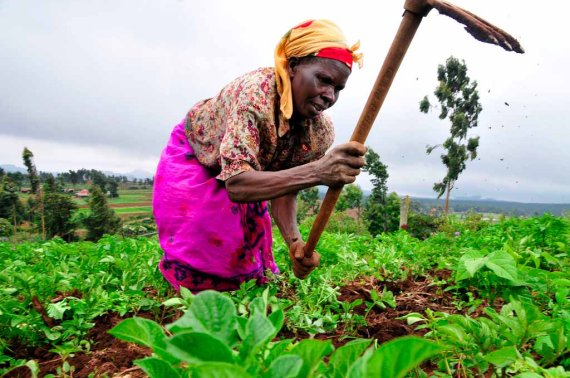The Global Yield Gap and Water Productivity Atlas measures the difference between potential and actual agricultural yields in a country. That gap has not become much smaller in Africa in recent years, concludes an international group headed by Van Ittersum. At a conference in Ethiopia, the research team presented new data showing that farmers in ten African countries achieve only 20 to 30 percent of the potential yields in their country.
The researchers looked at the cultivation of maize, sorghum, millet, wheat and rice by farmers in Burkina Faso, Ethiopia, Ghana, Kenya, Mali, Niger, Nigeria, Tanzania, Uganda and Zambia. The yield gap in Bangladesh is smaller, but there too the data show that yields could almost double if farmers were to use better seeds, treat their soil properly, make efficient use of water and keep diseases and pests better under control. Actual production in countries such as Morocco, Tunisia and Jordan is at about 40 percent of the potential yield. The research team will soon release figures on India too.
It is important to establish the yield gap in these countries, say the researchers, because Africa’s population continues to grow and governments need to see how they can make improvements to farming that will let them continue to feed their people. Van Ittersum: ‘This problem is much greater than I had imagined. The population in sub-Saharan Africa will almost triple between now and 2050. In addition, people are starting to eat more meat so agricultural production will need to rise by a factor of 3.5. If we are to prevent a large-scale increase in the area under cultivation, we will have to go all out in our efforts to raise the yields from existing farmland substantially.’
The atlas and the research data are available digitally via www.yieldgap.org .

